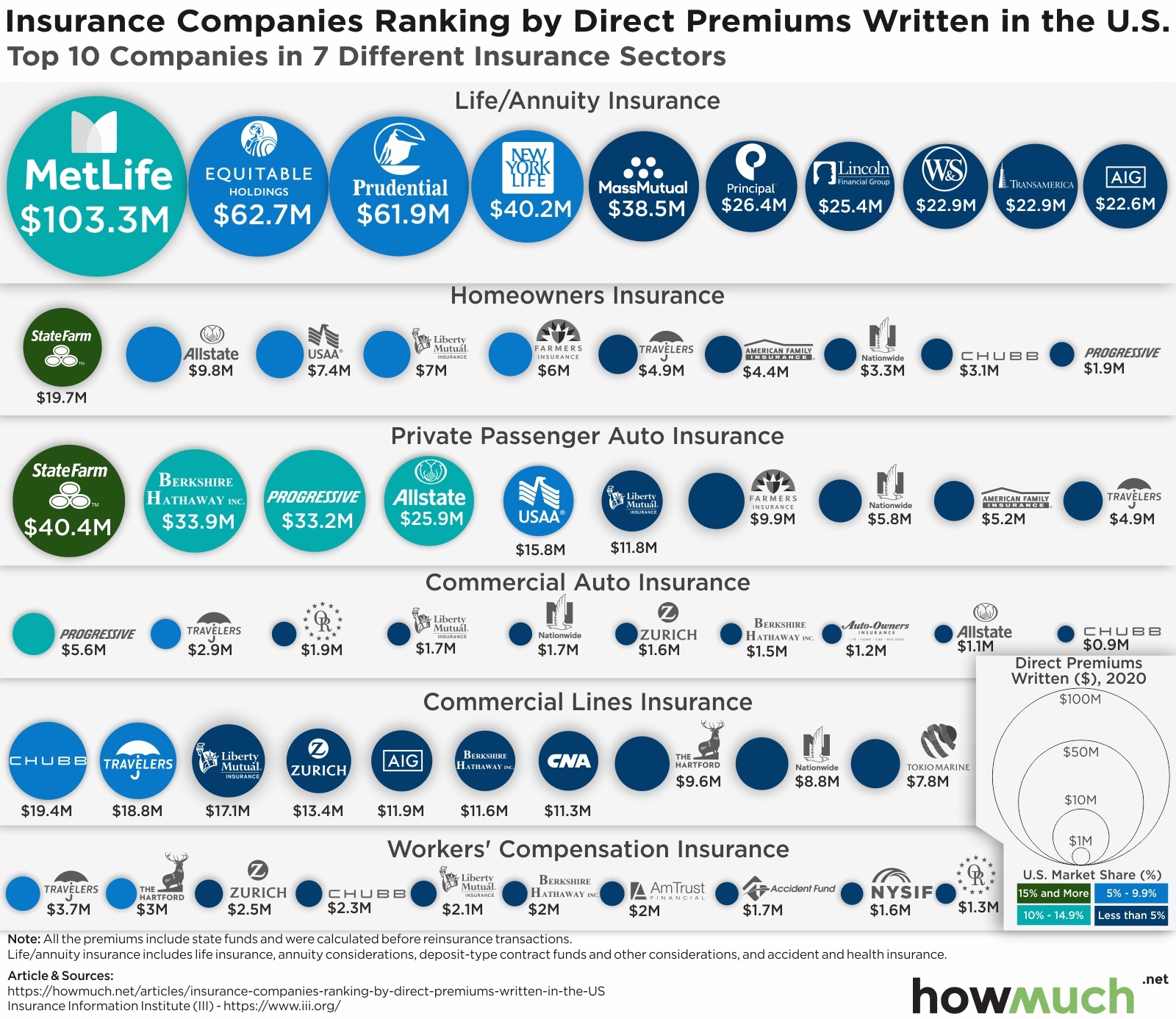Millennials are projected to number 75.3 million for 2015, surpassing a projected 74.9 million for Baby Boomers. The Millennials will therefore comprise a greater percentage of the population than Baby Boomers for the first time. To gain insight into the saving habits of Millennials, we recently performed a survey of those from the ages of 18 to 34. We received 2,585 responses to our survey. The results of our survey found that over 50% of Millennials have less than $1,000 in savings. This would indicate that most millennials do not have a cushion to fall back on in case of an emergency. The rest of our findings can be analyzed with the visualizations below:

For those surveyed, we found that:
-
51.8% of Millennials have less than $1,000 in savings.
-
18% of Millennials have savings of $1,000 to $5,000.
-
7.3% of Millennials have savings of $5,000 to $10,000.
-
6.4% of Millennials have savings of $10,000 to $20,000.
-
16.5% of Millennials have savings of more than $20,000.
Millennials Savings by Income Group
Breaking it down by the income of the survey participant, we unsurprisingly found that the level of income appeared to have a correlation with the amount of savings. We found that:

-
56.3% of Millennials earning $25,000 to $49,000 had less than $1,000 in savings. This compared with 31.2% of those earning $75,000 to $99,999.
-
Among those earning $100,000 to $149,000, 14.8% had savings of $5,000 to $10,000
-
14.3% of those with savings of $10,000 to $20,000 were those Millennials with incomes in excess of $150,000, the highest percentage in that range of savings.
-
Around 50% of those with incomes in excess of $150,000 had savings of more than $20,000.
Millennials Savings by Gender Group
We also found differences in the amount of savings between male and female respondents:

-
56.7% of females have less than $1,000 in savings as compared to 46.5% for males.
-
On the upper end of the savings scale, 21.5% of males have more than $20,000 saved versus only 11.9% for females.
-
For savings in the range of $1,000 to $20,000, the percentages between male and females respondents were roughly the same.
Millennials Savings by Age Group
For a breakdown of savings by age groups we found:

-
57.6% of respondents from the ages of 18 to 24 have less than $1,000 in savings. This compared to 47.1% of those from the ages of 25 to 34.
-
For savings of $1,000 to $5,000, 19.6% of respondents from 18 to 24 had savings in this range, compared to 16.6% of those from 25 to 34.
-
On the upper end of the scale, 11.7% of those from 18 to 24 had savings in excess of $20,000, compared with 20.5% of those from 25 to 34.
Surprisingly, it appears that Millennials may be saving more money than other those in other age groups. Still, their financial behavior remains a mystery even to Janet Yellen, the head of the Federal Reserve. Since Millennials are growing as a percentage of the population, their savings and spending habits will increasingly have a major impact on the overall economy./p>
Most #Millennials have less than $1,000 in savings, survey finds. pic.twitter.com/eHYAkmxEYq https://t.co/FnTjoI1yMb #dataviz #economy #USA
— How Much (@howmuch_net) December 11, 2015
By the way, have you noticed any artistic resemblance in the first chart of this article?
Please feel free to leave your comments below! We would like to hear your feedback.
Methodology: Conducted by Google Consumer Surveys, November 24, 2015 - November 26, 2015 and based on 2556 online responses. Sample: General Population filtered to: 18-24 year-olds, 25-34 year-olds. The survey posed the question, “How much money do you currently have saved up? (including cash and bank accounts)” and provided the following as possible answers: Less than $1000, $1,000-$5,000, $5,000-$10,000, $10,000-$20,000, more than $20,000.
The responses are representative of the U.S. internet population, with a 1.5 percent bias in 18-24 group and -1.5% bias in the 25-34 group. Demographic information was not available for all respondents, and analysis of responses by demographics is based solely on responses for which the targeted demographic information was available.
Full Methodology and Sources: Google Consumer Survey
About the article
Authors
Irena - Editor










